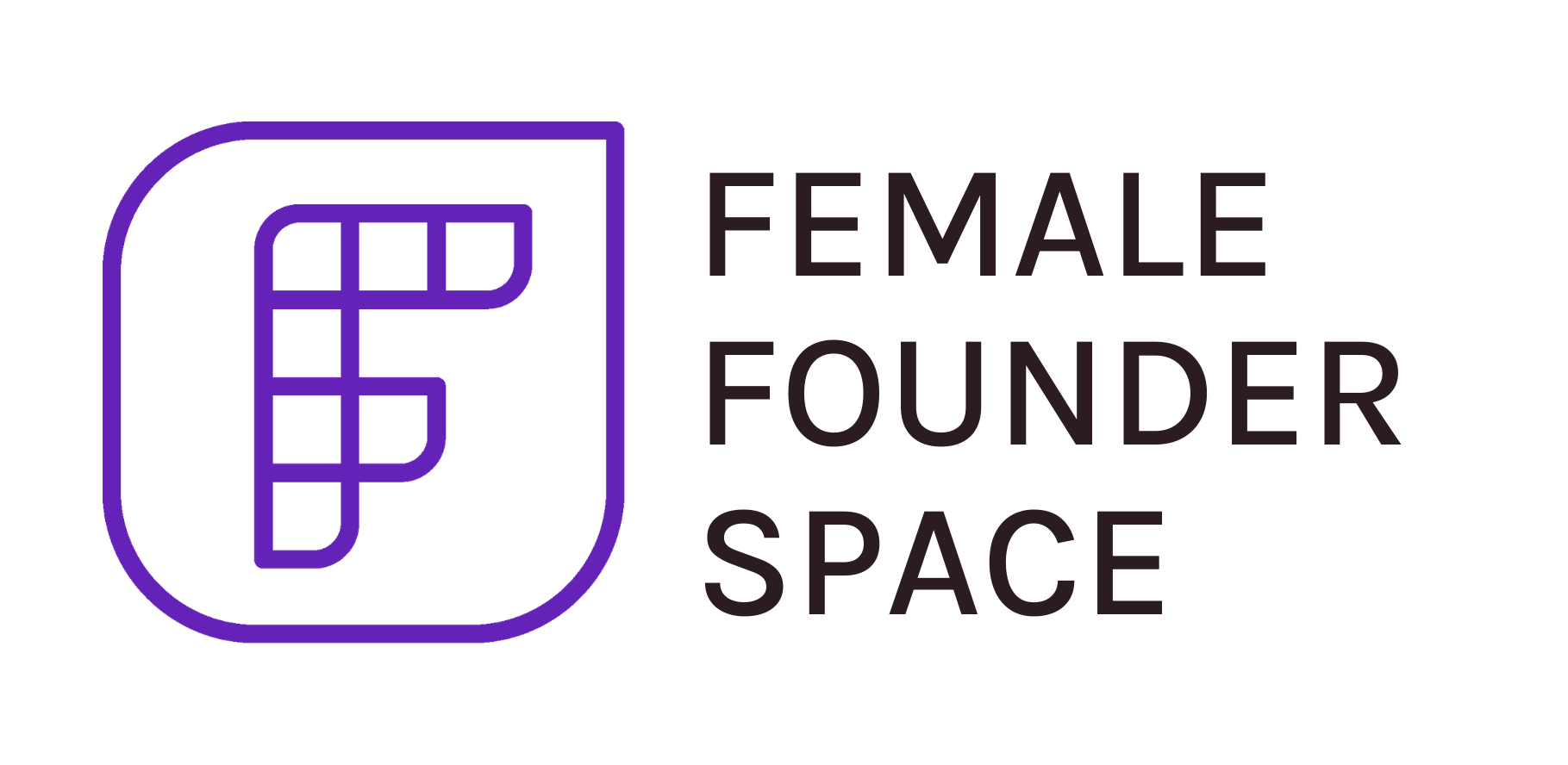Back to Course
Build Your Startup Brand from Scratch
0% Complete
0/0 Steps
-
Why Your Startup Needs a Brand & Essentials to Get Started
-
Step 1: Start With Your Why & Your Purpose
-
Step 2: Define Your Target Audience & Positioning Based on Market Research
-
Step 3: Develop Your Brand’s Personality, Voice & Tone
-
Step 4: Create Your Brand Name & Brand Identity
-
Step 5: Integrate Your Brand Into Business4 Topics
-
Branding in the Age of Social Media2 Topics
-
Rebrand or Revitalize Your Brand Successfully
-
Get Started With Your Branding
Lesson 7,
Topic 1
In Progress
Mind Sharing Branding vs. Purpose Branding
Lesson Progress
0% Complete
Transcript
Mind Sharing Branding is brand awareness, having more exposure or brand awareness over your competitor? So I guess if you think of it as mind real estate, how much does your audience or consumer think about you? So how many times do they visually see it communicated? Essentially that’s what brand or mind sharing is in the age of social media. The problem is is that we now live in this sort of open forum, this like free market where we can exchange ideas. Our thoughts and beliefs are there for our own interpretation. If you think of traditional brands imposing their views onto the consumer as to what they should do, what they should believe in, it just, it has no relevance anymore because it’s been flipped, you know? Now it’s us. Now it’s the consumer, the audience, the community day, Hey, this is what we need. The purpose branding is placing that wishful thinking or that ideal on what the brand or the product or service can do. When it really can’t, hoping that the consumer take that wishful thinking and, and get that experience. But more than likely this doesn’t happen because it’s not dealing with the reality of the actual tangible product or service. When you think about what we’re capable of in terms of our psychology, you know, we can all imagine things and believe in things of which we do not see. This is something that we all have a capacity to do, but at the end of the day, it’s very much the individual that can create that reality. Right? So when brands or any kind of, you know, company or whatever, or business try to create this imagine sort of reality, it’s very hard then for the individual to take that and transcribe it. It needs to happen the other way around. And I think what’s key here is developing brands, services or products where the user can manipulate it themselves. Where they can put their own imagined reality onto it.
Essentially social media like a free marketplace for, for everything, for ideas. It’s brought subcultures out of, what they essentially were and into a commercial sort of environment where anyone can participate. And it’s really the crowd and the audience and the community that’s saying, Hey, this is what we want. These are our values, our beliefs. Brand strategists, marketers, you know, anyone dealing within this industry needs to respond to that and listen. It should be about how it can help us. It should be touching on, you know, real issues and values and beliefs that we have and catering for real needs that we have.
Under Armour Campaign
In the above video, our expert Nina Rattenbury shares about this Under Armour Campaign. The campaign is all about encouraging women to go after what they want without waiting for the validation, permission, comments or affirmation of others. The creative director of the ad says that “it was really all based on the fact that in culture, there’s this huge debate on how to be today as a woman and there are all these contradicting pressures and opinions. It’s very hard for women to just be without having to constantly feel like they are not doing right by someone else’s standards.” To illustrate this point, the campaign juxtaposes online comments, mostly negative, targeted at a human being who is so obviously exerting herself while ignoring these comments. Gisele’s celebrity status is further used to amplify the contradictory opinions that are cast upon women everywhere – whether a woman is being called too skinny, too old or too built.
